What to look for in a portrait?
Via Twitter the question was brought up what I look for in a portrait and what my approach normally is for a portrait. At first I thought that this would almost be impossible to answer for the simple reason that every portrait and every person is different. However after some thinking I came up with the following blog post.
Many different options, every person is unique
We all know the expression that everybody is unique.
As a photographer we would however also know the expression that everybody is beautiful.
Well this last expression is very important when you shoot models or portraits.
Some people will think that they look incredibly ugly in front of the camera, while I think they could look great. And there are some people that think they will look great in front of the camera and I think “well, that’s gonna be hard work”. In fact everything we think or are made to think is between the ears. Our whole culture and our look at what’s beauty and what not is between our ears and often also dictated by the media. Let’s say that the last ten years the super models were all models with XXL sizes and skins are never photoshopped, our image for beauty would be totally different and we would look at the “skinny” girls with some form of not finding them beautiful.
So without a doubt everyone can be photographed, it’s just what the media dictates that will be regarded as beautiful, but when we shoot an image for a private person do we care about the media? ….. well yes and no.
The main problem with some “models” is that in their head they look totally different than in real life, and this can work in your advantage when you know this. When you shoot a model that doesn’t like the way he/she looks it’s your work to shoot this model in a way that makes them respond as “Wow, is that me?”.
When you shoot a model that thinks she is beautiful but in reality is not that beautiful your work is a lot harder (and trust me both groups are large) because now you will have to make her look a lot better before he/she will say “Wow, is that me?”. But it can be done in most cases, my approach is very simple and I will try to follow that with many sessions.
Choosing the light quality
It sounds logical to start with this but often it’s something where it immediately goes wrong.
Let’s say your model has a not so nice skin and there are a lot of pores in the skin. You could of course choose for a nice high contrast lighting setup from the sides but the main problem with this is that you will really draw attention to that part of the skin due to the way the light hits the face, so that’s a big no go. A better solution for this skin will be lightsources that are bigger or are placed closer to the model, in other words soft light. When the skin is really bad it will help to use a large softbox behind you and use the light as flat as possible, add some accents to make it more interesting and you will in most cases have a happy customer.
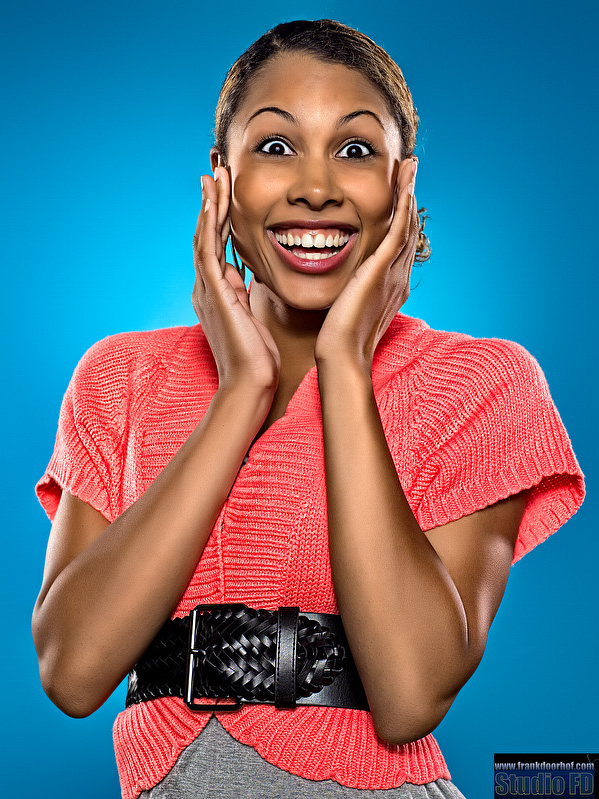
Now when we have a model with a good skin this means you can go a little bit more into the highcontrast scene of light. This is something I love to do and looks a bit like this sample :
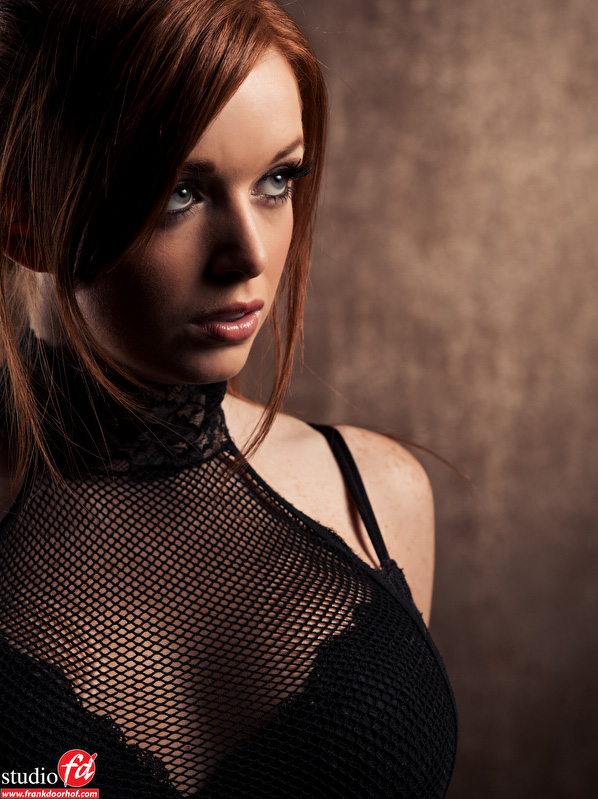 But what to do when you shoot a model that loves high contrast but doesn’t have the skin to support this ?
But what to do when you shoot a model that loves high contrast but doesn’t have the skin to support this ?
Well you can than go into “overdrive” mode with your lightsetup and almost switch to accent lights instead of mainlights. This way you have only a small part of the skin exposed which is often very easily cleaned up in Photoshop. An example from this setup would be :
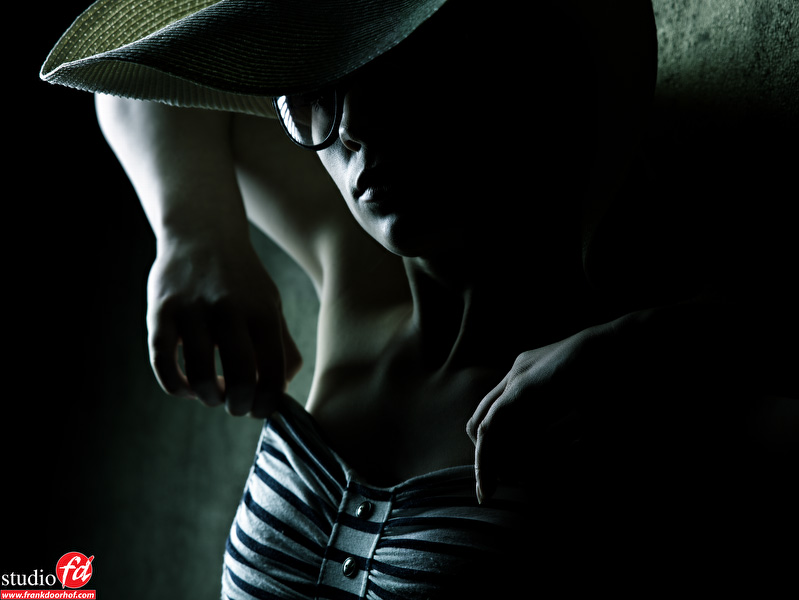 What I also love to do and gives rather good results with both perfect skin and not too bad skin is just aim a strobe almost straight at a model and use some distance to the model, this gives a nice shadow play on the wall/background and because you are hitting the model/skin almost straight on a lot of the imperfections will disappear, the rest is often easily cleaned up in Photoshop.
What I also love to do and gives rather good results with both perfect skin and not too bad skin is just aim a strobe almost straight at a model and use some distance to the model, this gives a nice shadow play on the wall/background and because you are hitting the model/skin almost straight on a lot of the imperfections will disappear, the rest is often easily cleaned up in Photoshop.
Getting creative
Now we’re getting to the fun part.
For me personally a good portrait is a portrait that also fits the model, I don’t believe in one light setup and style that fits all. Of course you will use different light setups many times but in the end the “looks” will differ per model. The model itself is largely part of this but also your makeup artist, your styling and of course the way you coach the model. And let’s be honest some models just look awesome in Black and White while others are really great looking in color…….. nah I’m just pulling your leg. Also this is largely due to our personal preference and the look we’re after, but there is an essence in this. Some models will just look awesome with hard light while others are much better in softer light, and the problem with this is that I have some models I’m working with that don’t have a perfect skin but that look absolutely breathtaking in the more harder light qualities. And sorry but in those cases I will shoot with harder light and work harder in Photoshop, that’s the life of a photographer who wants to get the absolute best out of his models 😀
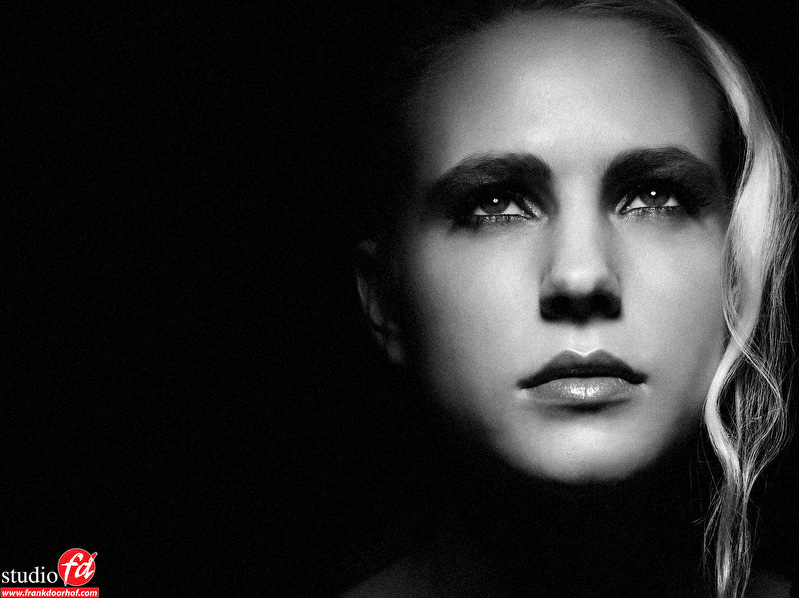 The above shot will need some work with almost all skin-types by the way.
The above shot will need some work with almost all skin-types by the way.
But it’s not only shooting black and white of course.
Here are some portraits where I got a bit more creative with light than the standard light setups.
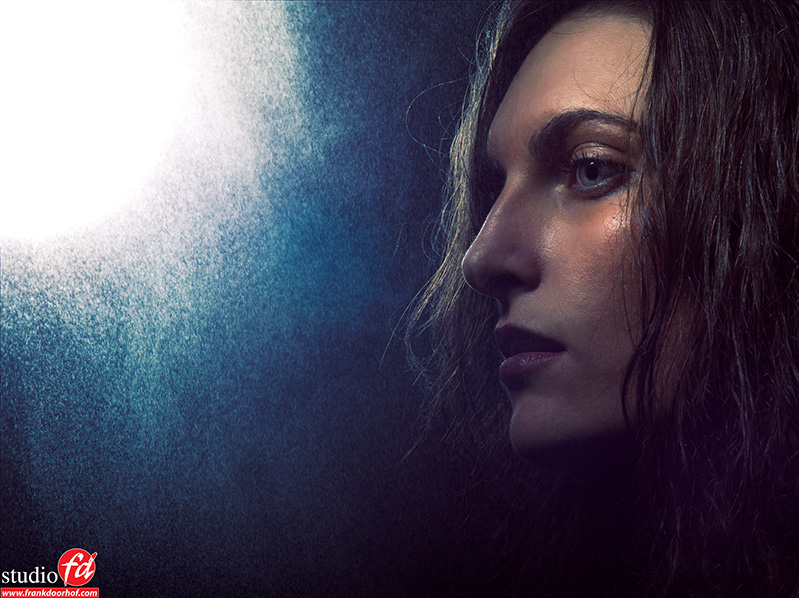
Well great Frank but I have a model…. pffff
Well there is always the solution to go high-key of course.
Somehow I personally don’t like to use high-key shots but some people really love it, and sometimes it fits the skin type perfectly if you know what I mean.
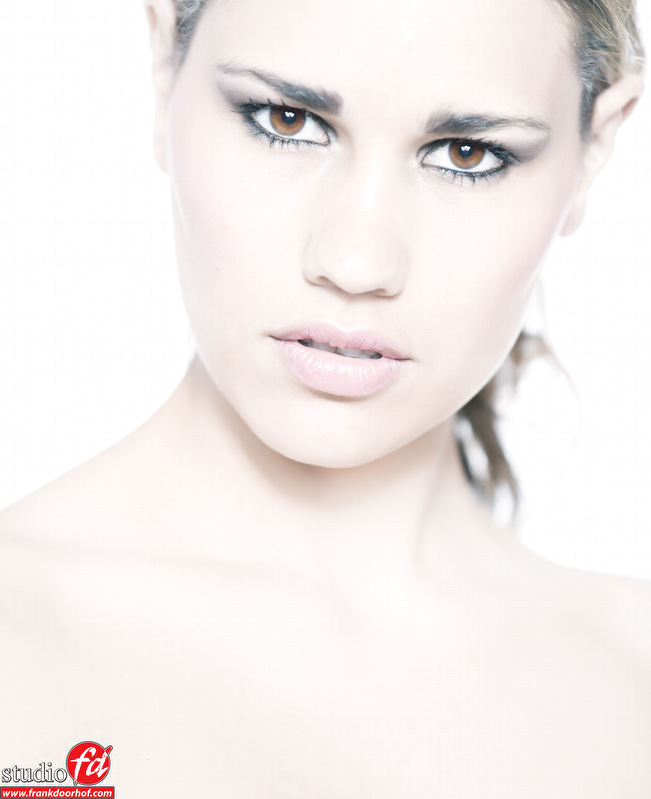 And what about plus sized models?
And what about plus sized models?
With the fashion models that are skinny we can have problems, and with plus sized models we can have problems. Actually there is not that much difference. A really skinny model can look terrible on a shot and a plus sized model can look incredibly “big” on a wrong shot. The main tip I can give you here is to find your angles, match the clothing and work with your model, show her the shots and look very closely at the reaction.
One tip is to work with the body position, move the body away from the camera and turn the upper body back to the camera. This way you slim down the middle part of the body and this can work wonders for plus sized models but be disastrous for models that are too skinny. The way you turn your model and the angle from which you shoot can change the look completely so play with this. And of course make sure the clothing fits the pose. Clothing is much more important than one would think at first (and some people will know this of course :D)
Now when we talk about light it’s often great to work with shadows. With the correct use of shadows and posing you can hide A LOT of “problems” and this goes for both too skinny or too large.
Play, Play, Play
I really can’t say that enough, keep playing. By testing a lot of different approaches, poses etc. you will very quickly learn to shoot every kind of model in a way that he/she likes. And to be honest there are still times when your model won’t like any shot you take…..
Any tips you want to share, comments, questions ?
Feel free to add them here.
One thing I have to add to this post.
These models are all of course great, no real skin problems, not too skinny and not too big.
However I don’t want to show images from customers online for a blog post, it’s all about the tips and samples of course.

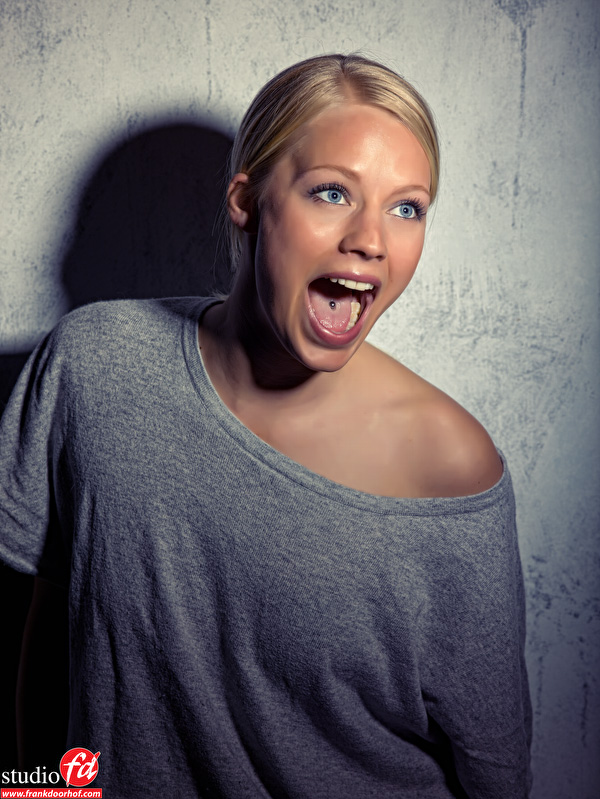
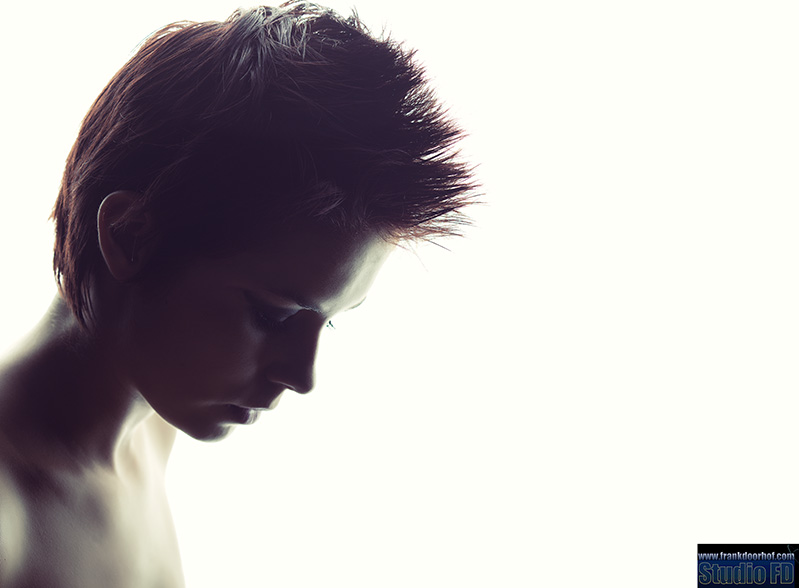
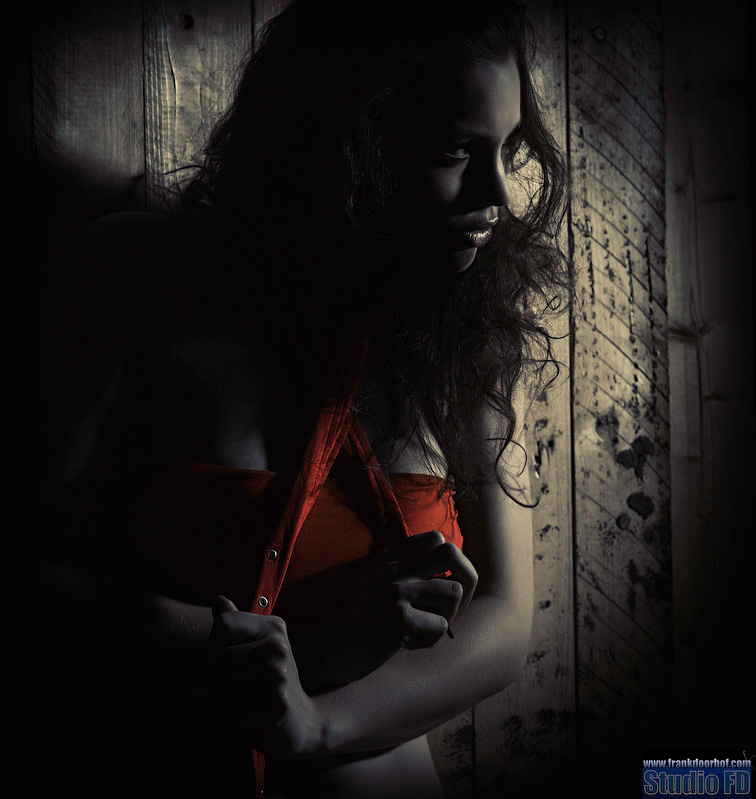
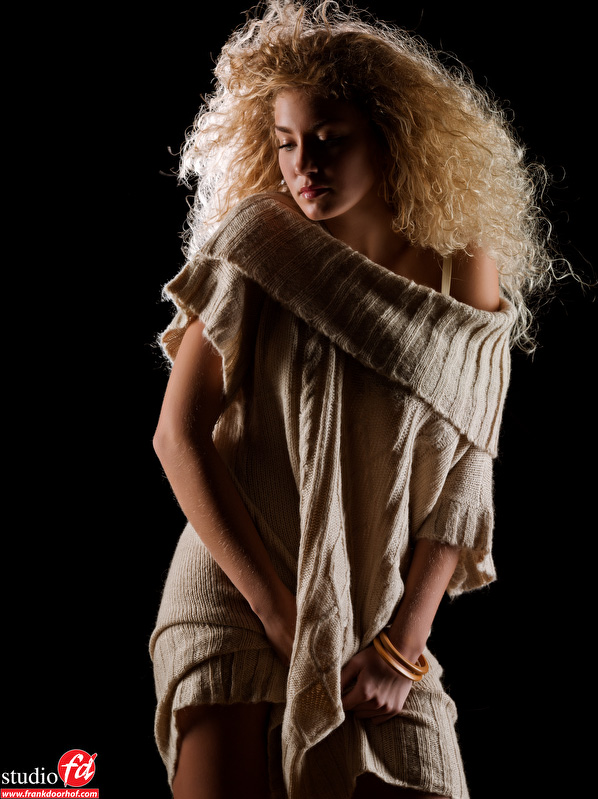
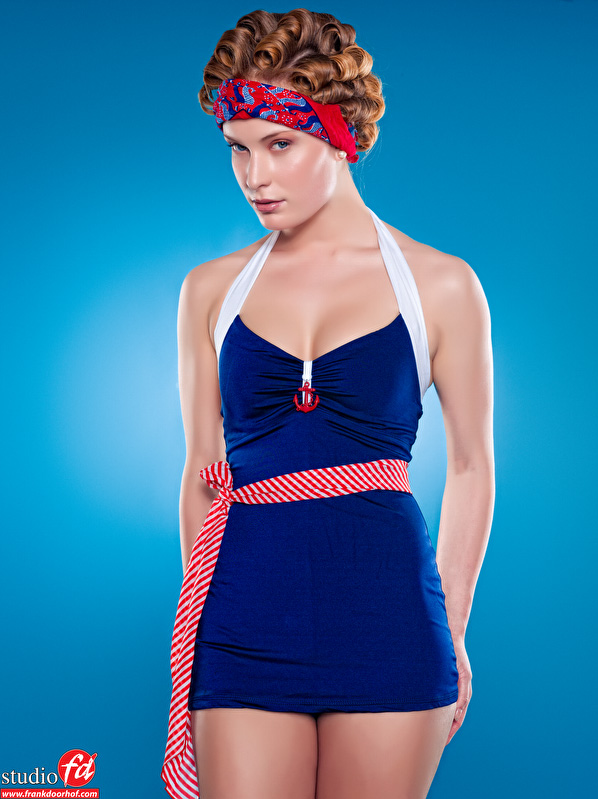

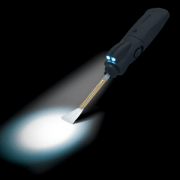
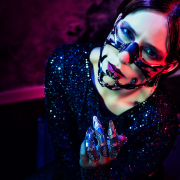
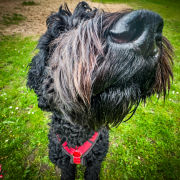
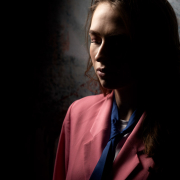
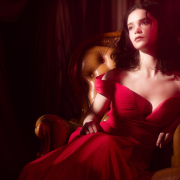

Great post! Most people think it’s all about the rules, how to pose, how to shoot etc. Great job pointing this out of the way! Being creative is the key to everything :D.nnLove all the shots, but the 2nd one does it for me 😉
It’s indeed so much more than the technique.nSometimes people only concentrate on the technique while in fact that should be “normal” automatic.
[Quote] When you shoot a model that doesnu2019t like the way he/she looks itu2019s your work to shoot this model in a way that makes them respond as u201cWow, is that me?u201d. [/Quote]nnThe Wow, is that me is always the best compliment that I can get from a model.n:)
Good post. I have my poses, I do try different poses and impressions per model… however, my best photos comes from between shots. I always keep my hand in the shutter, as soon as I shoot, my model either changes impression, looks other way, smiles, laughs… and I click again, maybe twice. Those are, the natural ones, usually always comes out to be the best in the batch.nnMost of my models have some sort of skin problems (in their mind) because I don’t have a makeup artist on-stage, so I use PS3 and Portrait Pro to clear those skin problems. They do come out as good as makeup artist work.nnHere is a photo I took today, I had to get rid of the bags under her eyes, and little skin fix, not much… she was pretty much ready with exception of bags under eyes the most.
Always have an eye for the in between shots indeed 😀 those are often the best.
…and here she is again, last second shot while she was trying to fix her hair. I used Topaz plug-in to make this one look like cartoonish. Came out nicely… at least I like it, I will not show this one to her 😛
Thank you again Frank, for making it a little bit less painful to make mistakes, admit to them and to move on. Very informative and clear.
Thank you again Frank, for making it a little bit less painful to make mistakes, admit to them and to move on. Very informative and clear.
You’re welcome
How do you get that blue background?
It’s a dark blue background with a spot.